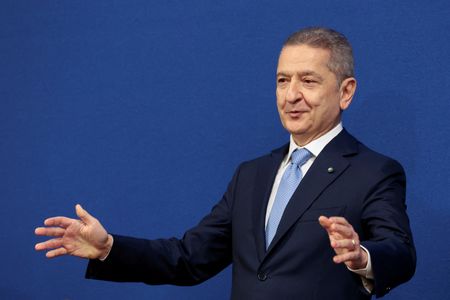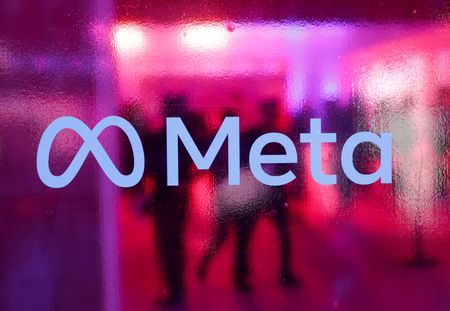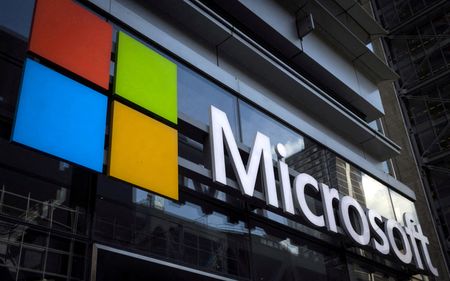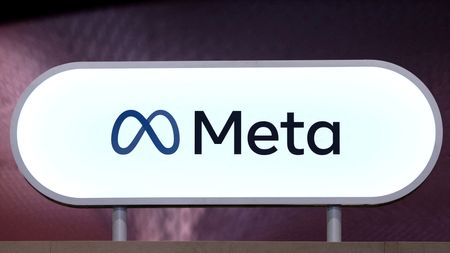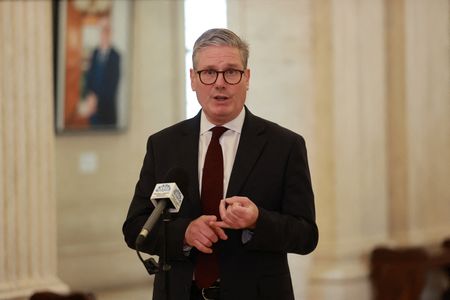MILAN (Reuters) -Central banks must remain on top of developments in the finance and payments industries and play an active role in order to protect the monetary systems that underpin all modern economies, a top European Central Bank said.
In a speech delivered in Florence where the ECB’s governing council on Wednesday started its two-day monthly policy meeting, Bank of Italy Governor Fabio Panetta said the latest innovation in currencies may jeopardise public trust in money.
KEY QUOTES
“The digital revolution is challenging the very concept of money,” Panetta said.
“Some digital innovations risk being a step backward: the proliferation of private pseudo-digital currencies, beyond the reach of supervision, can generate instability, transfer seigniorage to a few actors, and facilitate illicit activities.”
WHY IT MATTERS
In a recent report titled ‘The Future of Money’, the Group of 30, a not-for-profit international think tank comprising senior economics and finance experts, warned that without robust regulation, stablecoins could pose significant risks to the financial system.
Stablecoins, whose value is pegged to an asset such as a fiat currency, could lead to a fragmented monetary landscape, where multiple private currencies compete with sovereign money, and undermine the two-tiered monetary system (central bank money and commercial bank money), threatening trust and stability.
WHAT’S NEXT
The ECB is working on a digital euro – a digital version of central bank money – which it could launch in 2029, despite legislative delays in Brussels which are hampering preparatory work.
The digital euro aims to bolster Europe’s monetary sovereignty by reducing fragmentation and reliance on non-European payment providers such as Visa and Mastercard.
BY THE NUMBERS
Stablecoins represent nearly $300 billion – about 7.5% of the crypto market – with a 75% year-over-year growth, the Bank of Italy said in September. Tether’s USDT accounts for 56% of the market, followed by Circle’s USDC with 25%. Stablecoins that aim to maintain parity with the U.S. dollar make up 98% of the global market.
(Reporting by Valentina ZaEditing by Keith Weir)

